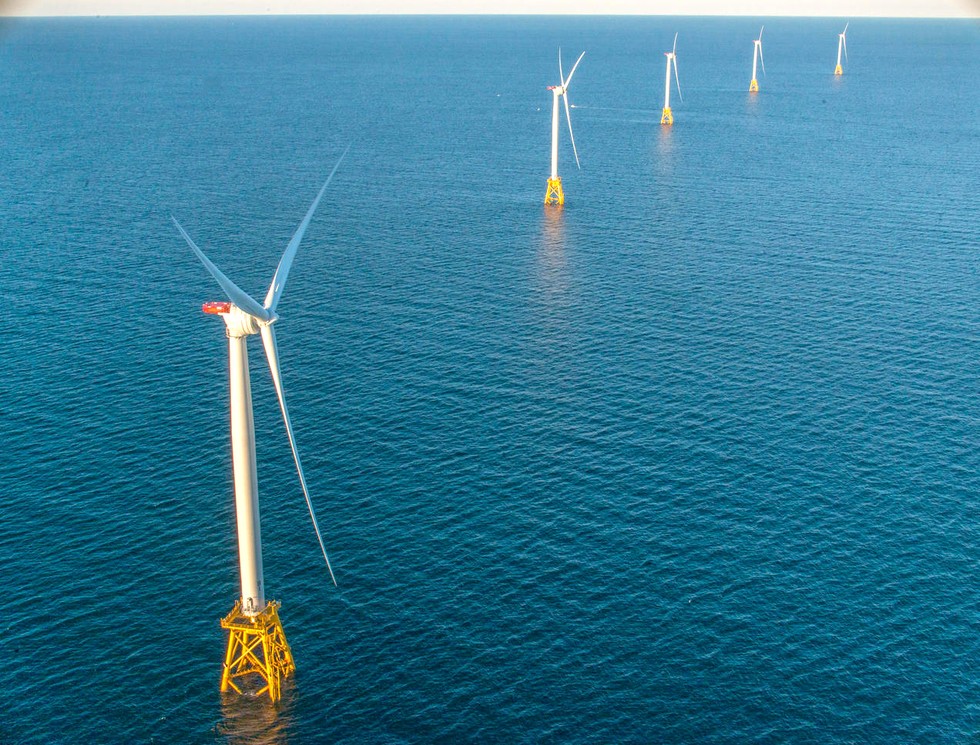I’ve had quite a few emails, messages and calls about the Consequences column. When the Coast Guard notified us that they were putting the column on hold with the hopes of picking it up again after their offices transitioned through a major slate of changes, I hoped it would only take a few months to work out the kinks and get the column running again.
The longtime chief of the Fishing Vessel Division, Jack Kemerer, retired in October last year. From what I understand, the offices shuffled staff in his absence and were waiting for the assignment of a new division chief, who would then set priorities for the group.

This article first appeared in the July 2018 issue of National Fisherman. Subscribe today to gain access to the digital and print editions of the magazine.
That new leader, Joseph Myers, stepped into office earlier this year and has proudly taken on the challenge of providing a safety column for the magazine. We are delighted to welcome back the Consequences column on page 12.
Are fishermen whistling into the wind? Our cover story this month focuses on the intersection between fishing and offshore wind power. In New York and New Jersey, some fishermen are working to get a potential buyout on the table early in negotiations. I am sympathetic to the cause. Most fishermen have been around long enough to know things generally don’t work out in favor of the industry. So it is wise to stake a claim before the deal is done. But a buyout is also a wholesale sacrifice of access to our own fishery resources in exchange for sticking a turbine on the sea floor. Read the whole story from Kirk Moore on page 24.
Celebrate your independence by submitting comments on the FDA’s new labeling rules for GMO foods by July 3! These rules will apply to the first genetically modified animal approved for human consumption in the United States — AquaBounty’s AquAdvantage salmon. The proposal states that foods containing ingredients that have been genetically modified must be labeled “bioengineered.”
However, the language leaves the door wide open for confusion and obfuscation. The label must indicate GMO ingredients via text OR a symbol OR text message OR an electronic or digital link disclosure — a bar code or similar.
Not only does the label not have to say the word “bioengineered,” but it could convey this message through one of three yet-to-be-approved symbols that have been designed to put the consumer at ease, rather than to inform. Two of the symbols include a smiley face, and the other a farmscape.
Genetically modified food served in restaurants, cafeterias and the like would not require labeling.
Offering a wide range of ways to label the product and loopholes to avoid labeling leaves the onus on the consumer to be highly educated on FDA labeling practices, which runs in direct opposition of the entire point of the FDA — which is to ensure consumer protection through a careful approval process of new drugs and now “animal drugs,” as termed by the FDA.
If the consumer is easily confused, then they may opt to avoid salmon altogether. The association could also affect consumer views on fish in general.
The new laws go into effect in 2020, giving small businesses until 2022 to comply. AquAdvantage takes about 18 months to grow to market size, which means if they start producing now, they’ll have product ready for the new labeling just as it goes into effect. See our news story on page 20.
For links to submit your comments and more stories on Frankenfish, go to www.nationalfisherman.com/?s=frankenfish.







